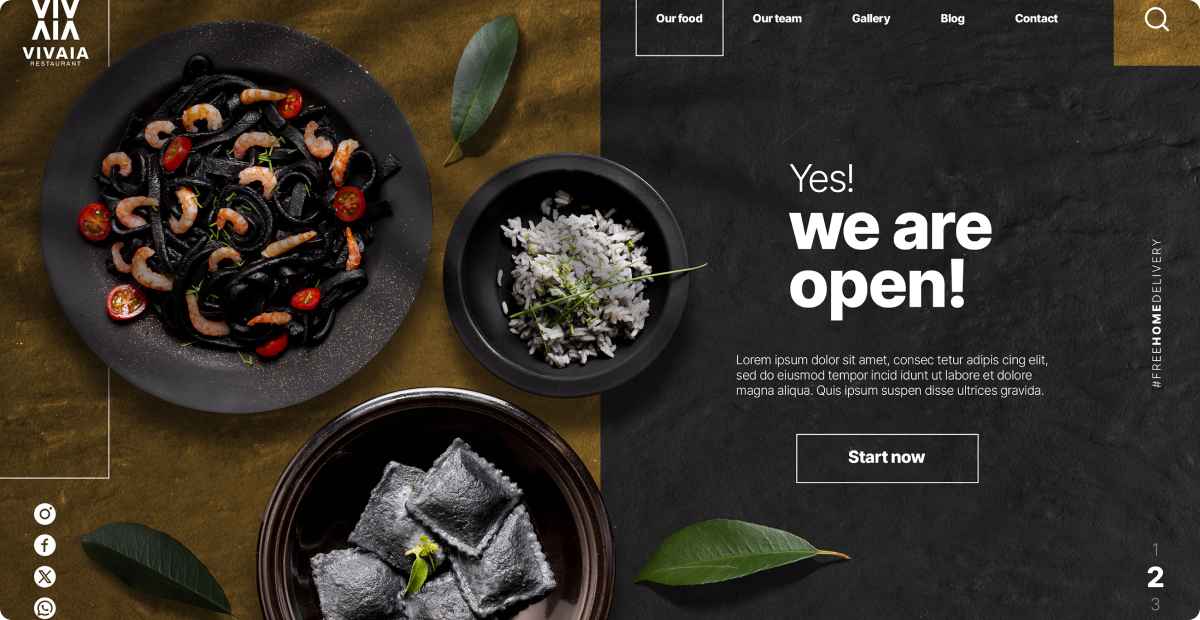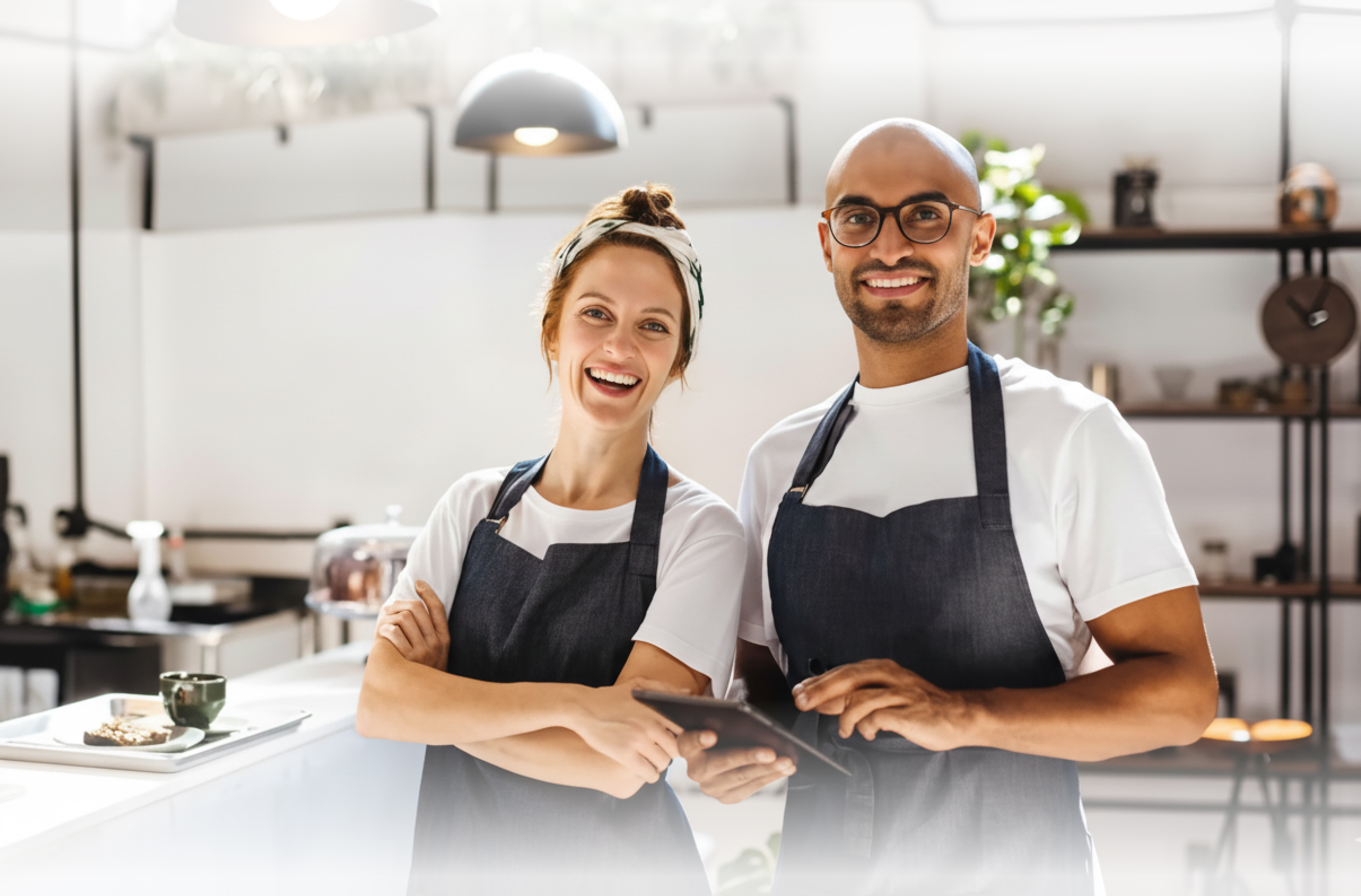Key Takeaways
The new rule of the new world is simple - If your customers can’t come to you, you go to them! But how? Read to know...
With 54,82,416 (as on 19.08.2020) coronavirus cases registered in the USA alone, 23 states have all reimposed restrictions they had lifted earlier on restaurant dining. Customers, on the other hand, are still reluctant to step out of their homes for a sit-down meal at their favorite restaurant. Thus, enforcing restaurants to adopt the off-premise business model to continue delivering ‘dining out’ experience to customers.
Off-Premise Dining - not just an add-on!
Once touted as an add-on for incremental sales, the off-premise also referred to as off-premise ordering, has become the requisite for survival for restaurants ever since the Covid-19 hit the shores. Business models like takeaway, curbside pickups, and delivery are growing as customers are hesitant to step out of their safety zones.
Given today’s scenario, the off-premise dining is seeing some interesting growth and is expected to grow by $150 billion by the end of 2020, progressing at a CAGR of over 15% during the forecast period.
But the idea of pivoting to Off-premise dining might intimidate restauranteurs a little bit. “It's not something that dawned out of a necessity to fight the effects of pandemics. Off-premise dining has been around for over a decade now. It's just that it wasn't being adopted well by industry folks”, says a Restaurant Veteran and celebrated chef, Colby Pal. “Come Covid-19, off-premises capabilities are more important now than ever to keep restaurants aligned with the changing needs of the customers”, she further adds.
If you’re new to off-premise dining, you probably don’t know where to start. The biggest advantage of off-premise dining is that you really don’t need a huge investment to start with. You can simply start small and build over time. Restolabs’ basic plan starts at $45 per month. And currently, we are also running an offer that allows restaurants to try out the model for free for the first 30 days.
This guide will help you get started with off-premise dining, as well as some considerations to make important decisions.
The off-premise dining system can be broken down into ;
Restaurant online ordering is a way for customers to buy their meals online, directly from the restaurant’s website. They can choose to get their order delivered to the desired location or pick up as a takeout. Some restaurants even choose to partner with third party food aggregators like Grubhub, Ubereats to facilitate their customers with online ordering. But these companies charge a hefty commission per order that may not be suitable for restaurants running on razor-thin margins. Learn about the advantages of Online Ordering here.
Mobile ordering is a convenient and quick way for customers to skip the line and get food delivery. Mobile ordering also allows them to order ahead of time. Learn more about mobile ordering here.
Takeout, as the name suggests, is food that is picked up from the dedicated counter at the restaurant and taken outside
Curbside delivery/pickup has become quite a popular option during the pandemic. The food is ordered by the customers via phone or the restaurant’s own website and then picked up from the safety of the car.
Contactless delivery, another popular option during the COVID-19 threat, works by delivering the food to the chosen address without coming in contact with the customer. Often times, Contactless Deliveries are pre-paid.
How to Set Up An Off-Premise Ordering Channel
The off-premise business model is different than your regular on-premise dining experience. All you need is a small kitchen, trained staff, a few delivery drivers (if you choose to do self-delivery), and excellent packaging material. You can start with the bare minimum if you had to. On the other hand, if you are thinking to pivot to online ordering and takeaway from just dine-in only model, then you can continue operations with the existing setup. In either case, you have to take all the necessary precautions ad safety measures recommended by the government. You can read about them here.
Invest in an online ordering website, and a mobile app if your budget allows. Most restaurant online ordering platforms offer a bundled deal. The first step to successful off-premise dining ordering is to have a user-friendly website with basic functionalities like online ordering, in-built marketing, dynamic menu, reward system, order ahead, contactless ordering, and customer analytics.
Train your staff to execute and fulfill digital orders. Prepare an SOP for all processes and have dedicated staff for each process.
Build a strong presence on social media. Instagram should be the platform of choice if you want to create brand awareness and reach your target audience. But if you are trying to capture orders via social media, then dedicating some time to Facebook would pay off big in the long run. Have a different content strategy for both the platforms. An efficient online ordering system should offer social media ordering as a feature that you can take advantage of to capture orders directly from your restaurant’s Facebook Page. Here are some tips and ideas to create engaging content for your customers.
Decide between self-delivery and third-party delivery. It’s important and would eventually impact your bottom line. Before making a decision, make sure you weigh all your options to determine which type of delivery is the best fit for your business. Both models have their own pros and cons. You can read about them here.
Optimize your menu for off-premise ordering. DIY meal kits and family meals are doing the best on delivery menus. The idea is to focus on having items that are easy to share and can travel well. Healthier items are on the radar these days. Customers are looking for healthy alternatives for the meat counterparts along with the convenience of delivery. Explore more Menu Trends here.
Create unique guest experiences. After months of self-isolation and social distancing, customers expect a tad bit more excitement in their food deliveries. An unexpected surprise? A heartwarming personal note? Yes, please! Double the rewards with each order or simply send personalized Spotify playlist to replicate the on-premise dining experience. Want more ideas on elevating customer experience? Read the article here.
In the time of COVID-19, digital channels like online ordering is the only way for restaurants to stay afloat and generate revenue. Once you decide to take your business online, you can take steps to set up catering services to add the second source of revenue. The great thing about online ordering is that you only get to grow from here on and you’ll always have plenty of restaurant technologies to expand your business.
The change begins with us!
Given the current circumstances, Restolabs has launched a change initiative to help restaurants move their business online.
We are offering 2 months of free subscription to restaurants that are trying to make the transition to online ordering. Our continuous effort and dedication towards the cause have also made it possible for us to waive 50% setup fees for a limited time. Plus, it can be easily integrated with your current POS system.
Let’s Go Off-prem with Restolabs!
Frequently Asked Questions
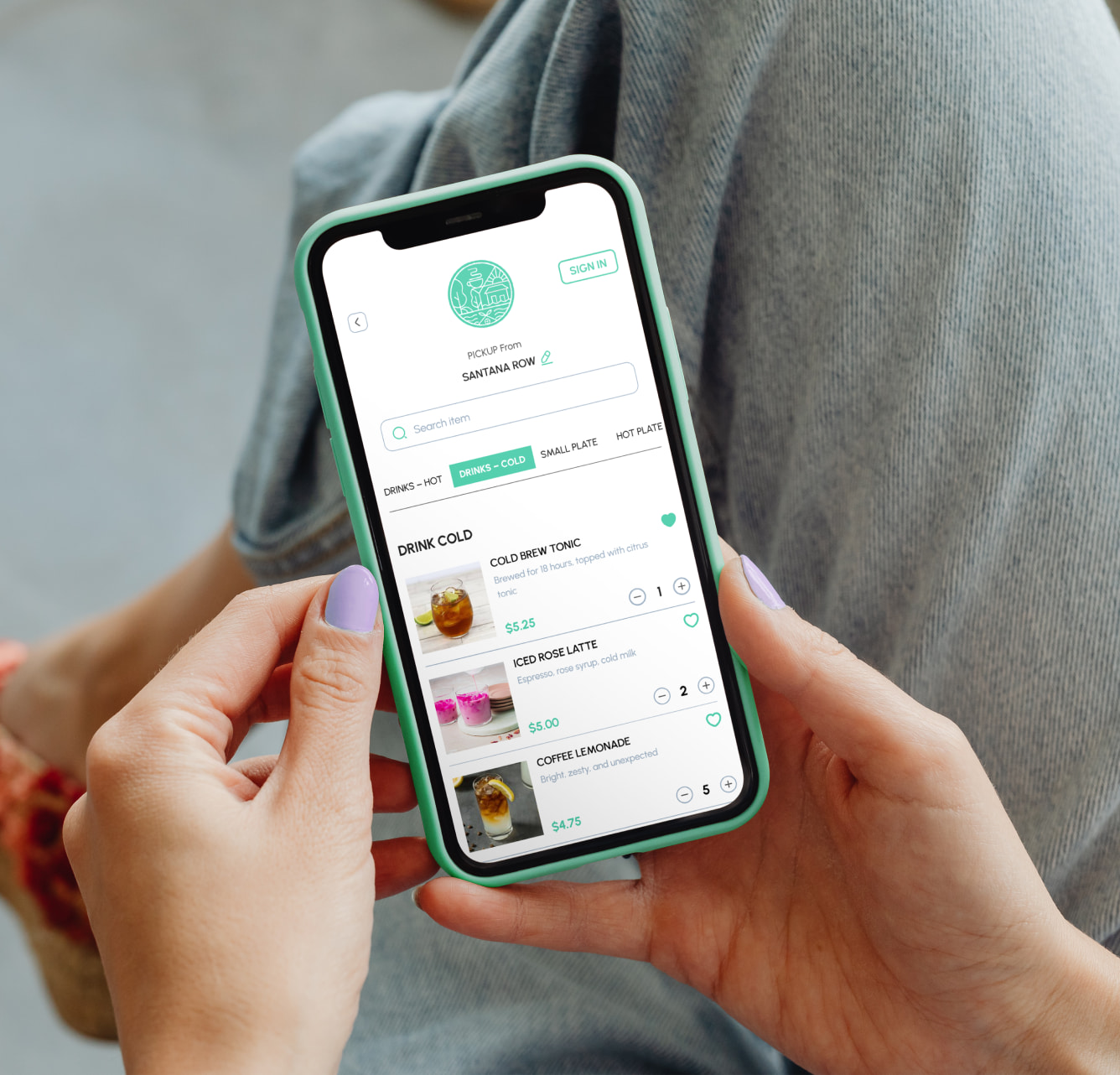

.gif)
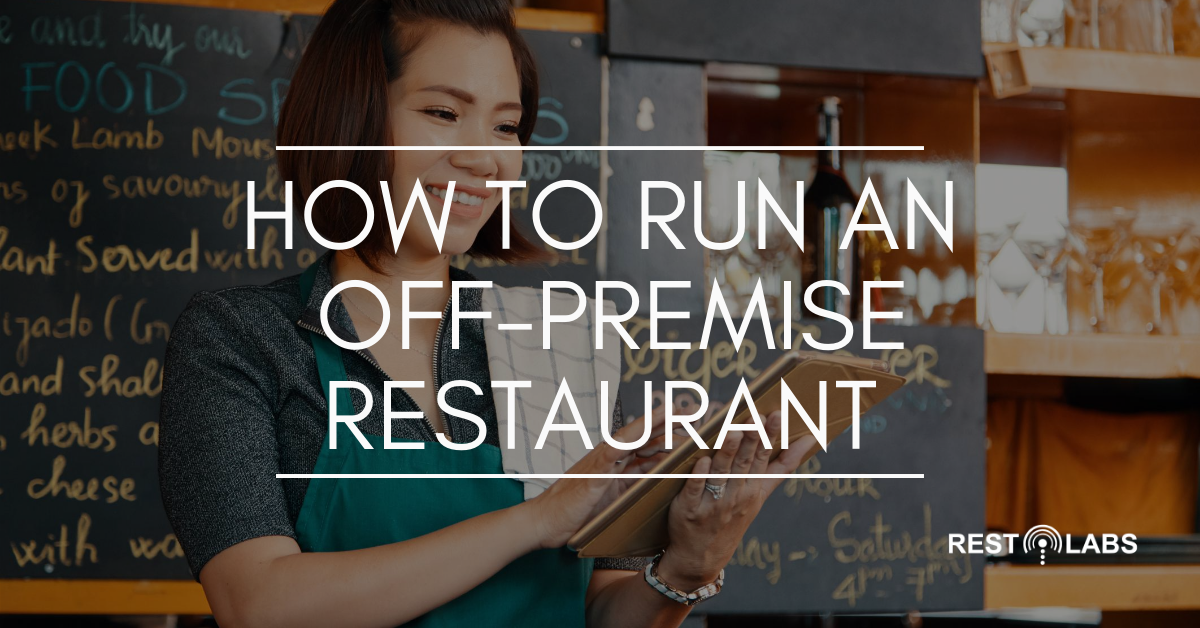

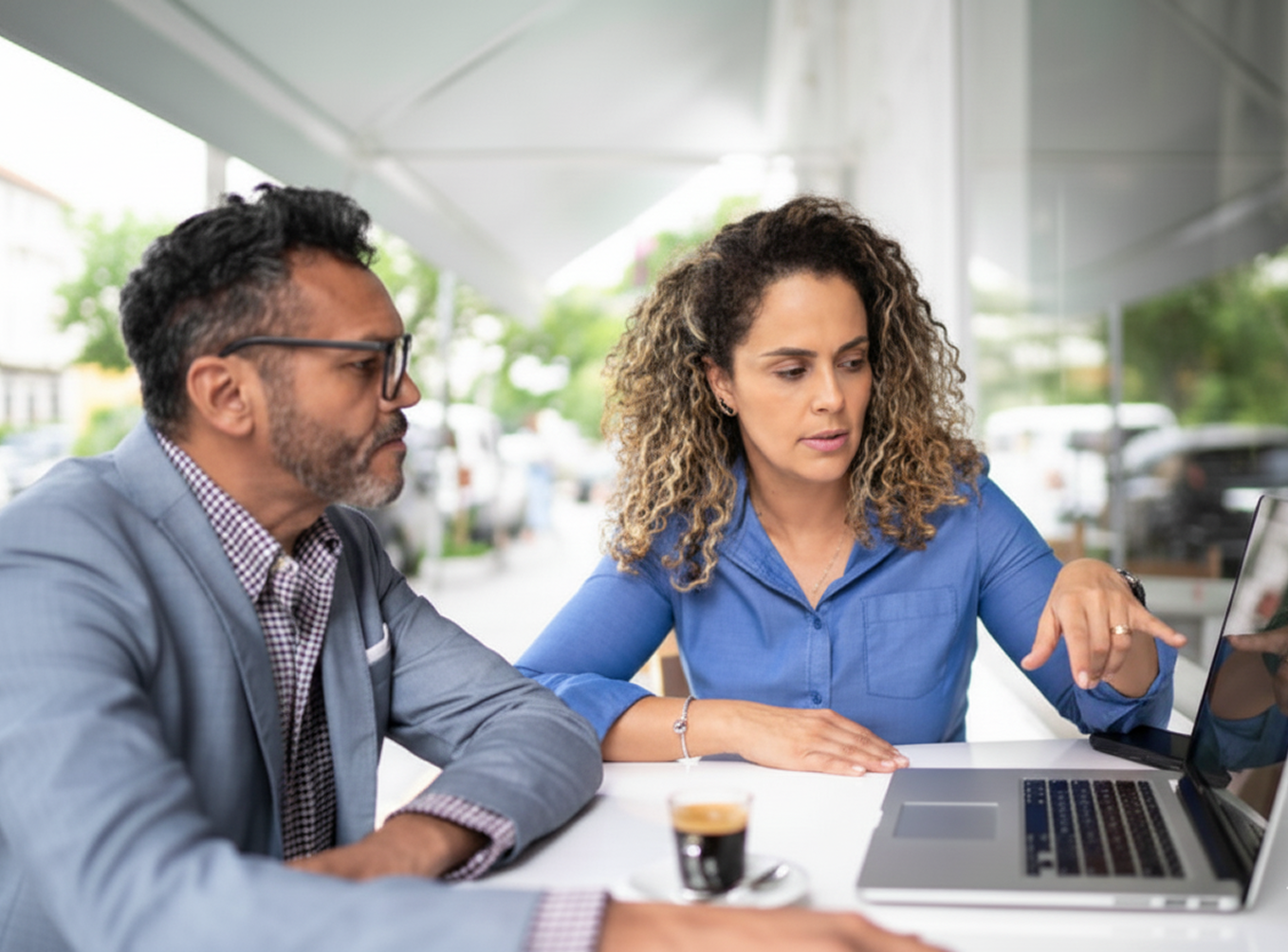

.png)
